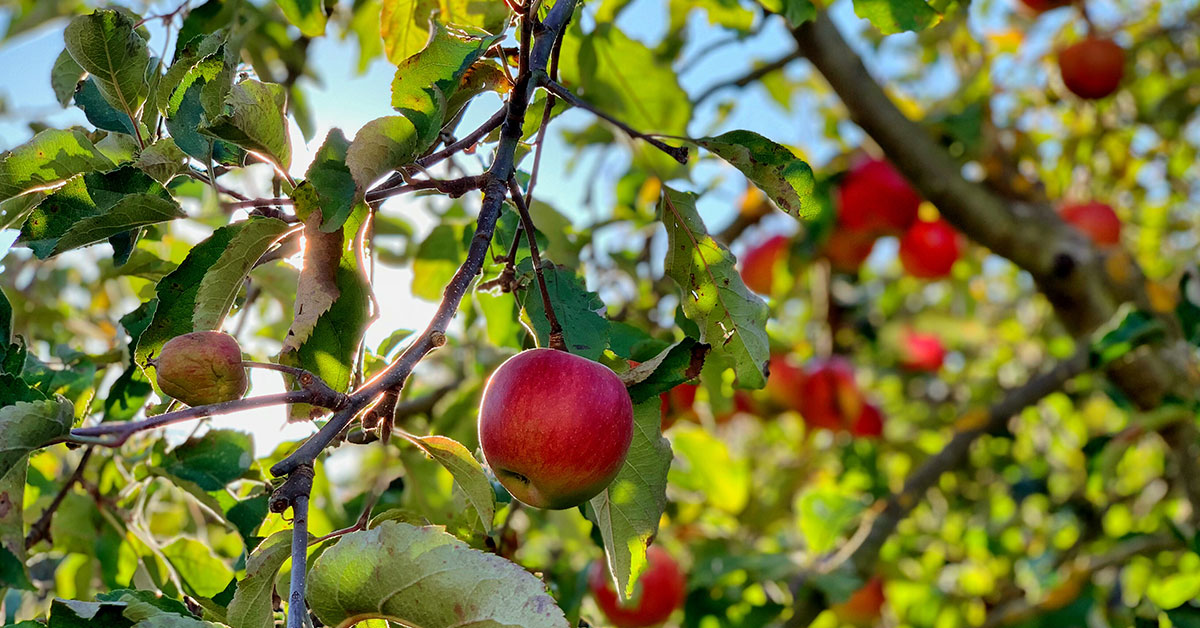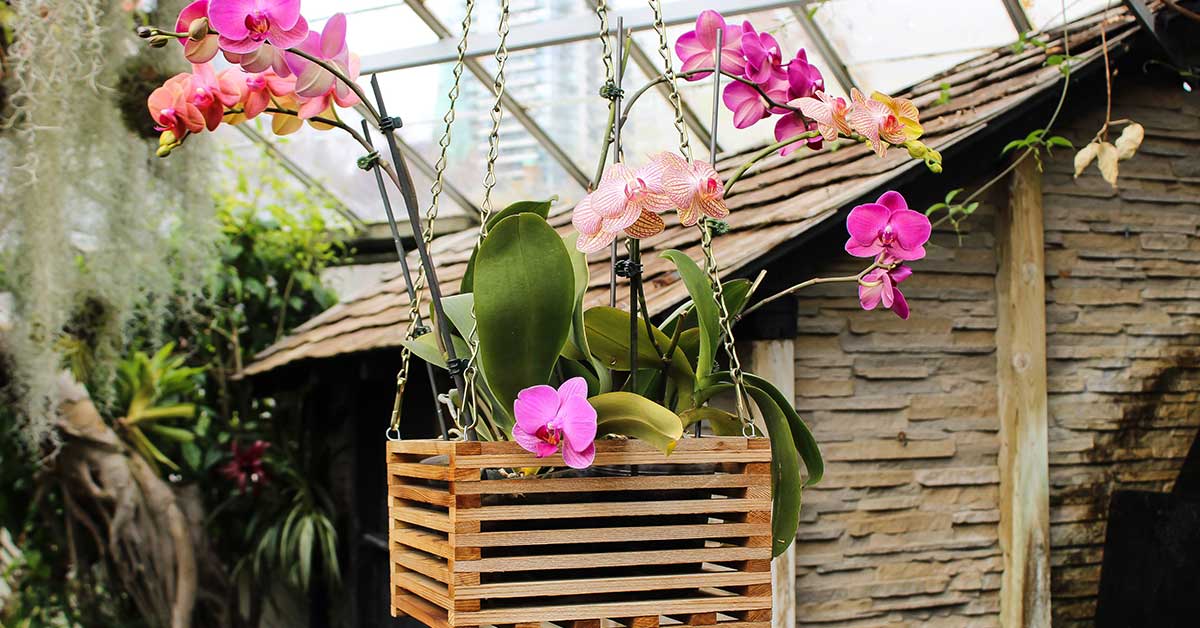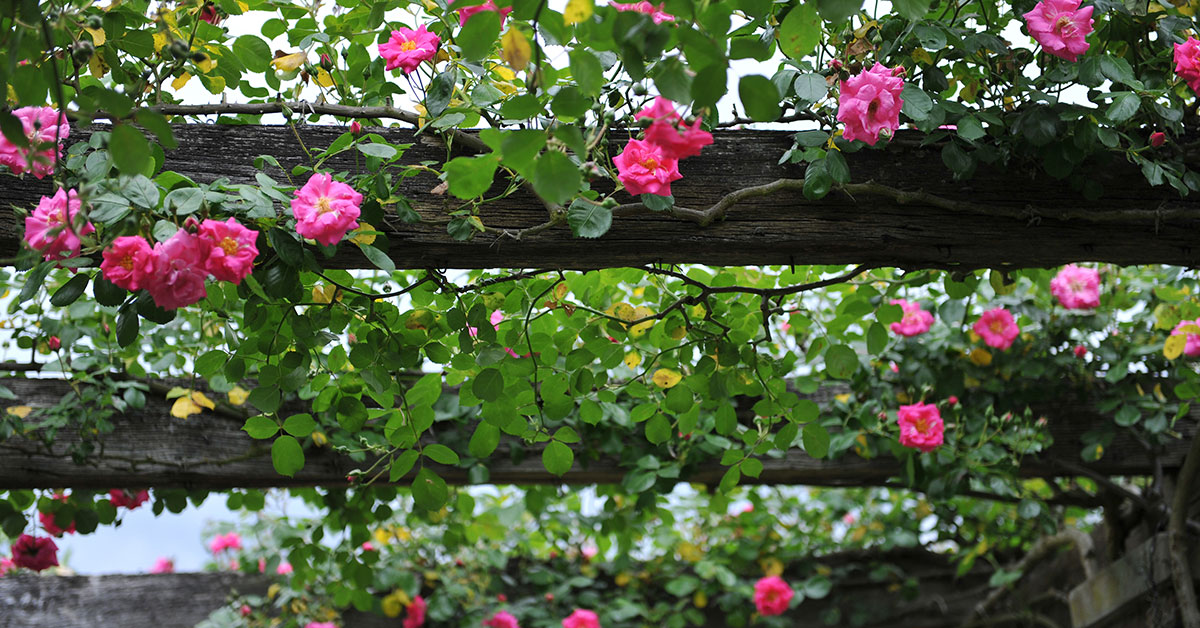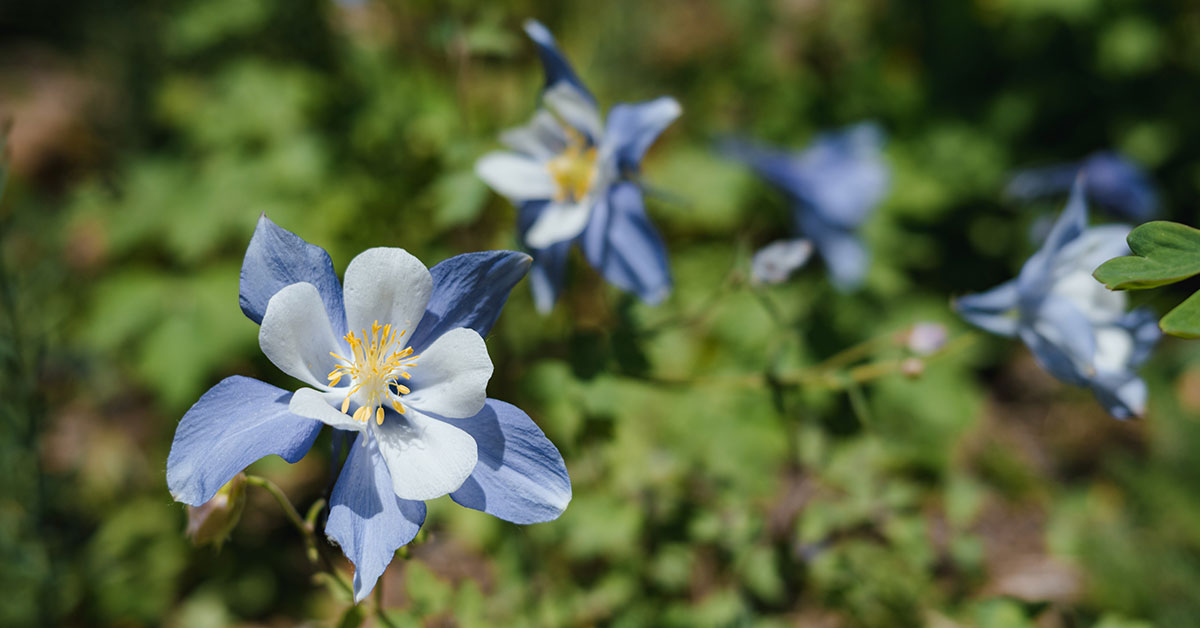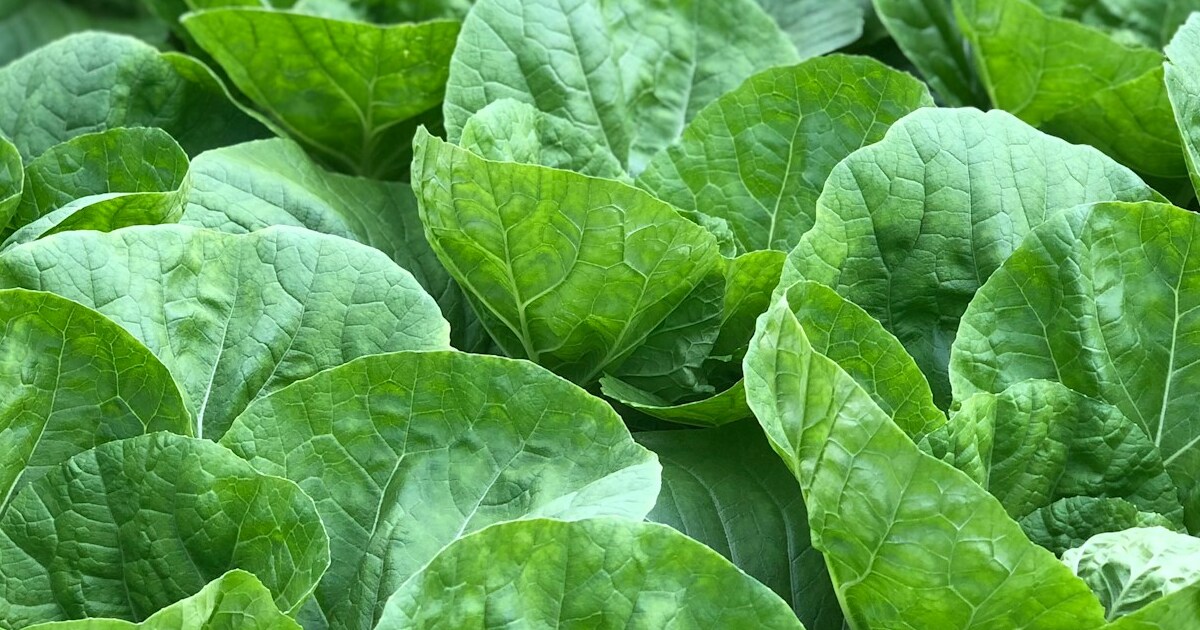Welcome to our comprehensive guide on the best fruit trees to grow in Idaho! Nestled in the heart of the Pacific Northwest, Idaho offers a unique climate and growing conditions that are ideal for cultivating a variety of fruit trees. Whether you are a seasoned gardener or a novice enthusiast, this article will provide you with valuable insights and recommendations on the fruit trees that thrive in Idaho’s diverse landscapes.
From the famous Idaho potatoes to the luscious cherries and apples, we will explore the top fruit trees that will not only survive but flourish in the Gem State’s fertile soil and temperate climate. So, let’s dive in and discover the best fruit trees to grow in Idaho!
The best fruit trees to grow in Idaho
Best Fruit Trees to Grow in Idaho Idaho’s diverse climate and fertile soil make it an ideal region for growing a variety of fruit trees. Whether you are an experienced gardener or a beginner, choosing the right fruit trees is crucial for a successful harvest. Here are some of the best fruit trees to grow in Idaho:
- Apple Trees: Apples are a staple fruit in Idaho, and growing apple trees can be a rewarding experience. With proper care and the right apple tree varieties, you can enjoy a bountiful harvest. Some recommended apple tree varieties for Idaho include Honeycrisp, Gala, Fuji, and Granny Smith.
- Cherry Trees: Cherries thrive in Idaho’s climate, particularly in the southern regions. They require a certain number of chilling hours during winter, making them well-suited for the state’s colder temperatures. Popular cherry tree varieties for Idaho include Bing, Rainier, and Lapins.
- Peach Trees: Despite Idaho’s relatively short growing season, peaches can be successfully grown in certain areas. Choose peach tree varieties that are hardy and can withstand colder temperatures, such as Reliance, Contender, and Redhaven. Additionally, consider planting them in a protected area or against a south-facing wall to maximize warmth.
- Pear Trees: Pears are another excellent fruit tree option for Idaho. They are known for their adaptability to different climates and can thrive in various soil types. Recommended pear tree varieties for Idaho include Bartlett, Anjou, and Bosc.
- Plum Trees: Plums are well-suited for Idaho’s climate, as they can tolerate colder temperatures and require fewer chilling hours compared to some other fruit trees. Popular plum tree varieties for Idaho include Santa Rosa, Stanley, and Methley.
- Apricot Trees: While apricots can be more challenging to grow in Idaho due to late spring frosts, certain varieties can still be successful. Choose apricot tree varieties that bloom later in the season, such as Goldcot, Moongold, and Sungold.
When selecting fruit trees for your Idaho garden, consider factors such as your specific location, microclimate, and the tree’s chilling hour requirements. It is also essential to provide proper care, including regular watering, adequate sunlight, and appropriate pruning techniques. Consulting with local nurseries or agricultural extension services can provide valuable insights into the best fruit tree varieties for your specific area in Idaho.
Avoid growing these fruit trees in Idaho
When it comes to growing fruit trees in Idaho, there are certain varieties that are better suited to the region’s unique climate and growing conditions. However, it is equally important to be aware of the fruit trees that should be avoided in Idaho to ensure successful and fruitful harvests. Here are some fruit trees that should be avoided in Idaho:
- Citrus Trees: Citrus trees, such as oranges, lemons, and grapefruits, are not suitable for Idaho’s climate. These trees require warm temperatures year-round and are highly sensitive to frost. Idaho’s cold winters and short growing season make it challenging for citrus trees to thrive.
- Avocado Trees: Avocado trees are tropical plants that require a warm and frost-free climate. They are not well-suited to Idaho’s colder temperatures and shorter growing season. Attempting to grow avocado trees in Idaho would likely result in stunted growth and limited fruit production.
- Mango Trees: Similar to avocado trees, mango trees are tropical plants that require a consistently warm climate. Idaho’s cold winters and fluctuating temperatures make it unsuitable for growing mango trees. These trees would struggle to survive and produce fruit in Idaho’s climate.
- Pineapple Trees: Pineapple trees are another tropical fruit tree that should be avoided in Idaho. These trees require a warm and humid environment, which is not characteristic of Idaho’s climate. Growing pineapple trees in Idaho would be challenging and unlikely to yield satisfactory results.
- Banana Trees: Banana trees are tropical plants that require a warm and frost-free climate to thrive. Idaho’s cold winters and short growing season make it difficult for banana trees to survive and produce fruit. Growing banana trees in Idaho would require extensive protection and care, making it impractical for most gardeners.
By avoiding these fruit trees that are not well-suited to Idaho’s climate, gardeners can focus on selecting the best fruit trees to grow in Idaho. This ensures a higher chance of success and a bountiful harvest of delicious fruits.
Fruit tree growing tips for Idaho
Growing fruit trees in Idaho can be a rewarding experience, as the state’s climate and soil conditions are suitable for a variety of fruit tree species. Here are some tips and best practices to help you successfully grow the best fruit trees in Idaho:
- Choose the Right Tree Varieties: When selecting fruit trees for your Idaho garden, it’s important to consider varieties that are well-suited to the region’s climate. Some of the best fruit trees to grow in Idaho include apple trees (such as Honeycrisp, Gala, and Granny Smith), cherry trees (such as Bing and Rainier), peach trees (such as Redhaven and Elberta), and plum trees (such as Stanley and Santa Rosa).
- Consider Cold Hardiness: Idaho experiences cold winters, so it’s crucial to choose fruit tree varieties that are cold hardy. Look for trees that can withstand temperatures as low as -20°F (-29°C) to ensure they survive the winter months. Many fruit tree nurseries provide information on the cold hardiness of different varieties.
- Plant in the Right Location: Fruit trees thrive in full sun, so choose a location in your garden that receives at least six to eight hours of direct sunlight each day. Additionally, ensure the soil is well-draining to prevent waterlogged roots, which can lead to root rot. If your soil is heavy clay, consider amending it with organic matter to improve drainage.
- Pruning and Training: Proper pruning and training are essential for fruit tree health and productivity. Prune your trees during the dormant season (late winter or early spring) to remove dead, damaged, or crossing branches. This helps improve air circulation and sunlight penetration, reducing the risk of diseases. Additionally, training young trees to a central leader or an open center shape promotes better fruit production and easier maintenance.
- Irrigation and Mulching: Fruit trees require regular watering, especially during dry periods. Deep, infrequent watering is preferable to frequent shallow watering, as it encourages deep root growth. Apply mulch around the base of the tree to help retain moisture, suppress weed growth, and regulate soil temperature.
- Fertilization: Fruit trees benefit from regular fertilization to ensure healthy growth and abundant fruit production. Conduct a soil test to determine any nutrient deficiencies and adjust your fertilization program accordingly. Generally, a balanced fertilizer with a ratio of 10-10-10 or 14-14-14 can be applied in early spring and again in late spring or early summer.
- Pest and Disease Management: Fruit trees can be susceptible to various pests and diseases, such as aphids, codling moths, and apple scab. Regularly inspect your trees for signs of infestation or disease and take appropriate measures, such as using organic insecticides or disease-resistant varieties. Maintaining good tree health through proper watering, pruning, and fertilization can also help prevent pest and disease issues.
- Harvesting: Different fruit tree varieties have specific ripening times, so it’s important to know when to harvest your fruits. Refer to specific guidelines for each fruit type, but generally, fruits should be harvested when they are fully colored, firm, and easily detach from the tree. Avoid leaving overripe or damaged fruits on the tree, as they can attract pests or diseases.
By following these tips and best practices, you can successfully grow the best fruit trees in Idaho and enjoy a bountiful harvest of delicious and healthy fruits. Happy gardening!


